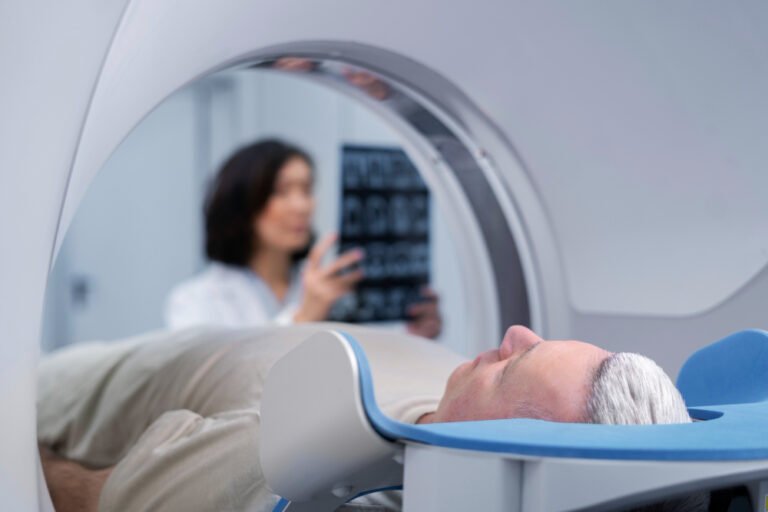A Step-by-Step Guide to Understanding Radiation Therapy.
Radiation therapy, also known as radiotherapy, is a cornerstone of modern cancer treatment. It utilizes high-energy radiation beams to target and destroy cancer cells while minimizing damage to surrounding healthy tissues. Radiation therapy plays a crucial role in the management of various types of cancer, offering curative, palliative, and adjuvant treatment options. In this article, we explore the principles, techniques, and applications of radiation therapy, shedding light on its role in cancer care and patient outcomes.
Understanding Radiation Therapy
Radiation therapy is a localized treatment modality that uses ionizing radiation to kill cancer cells and shrink tumors. It works by damaging the DNA of cancer cells, preventing them from dividing and growing. Radiation can be delivered externally (external beam radiation therapy) or internally (brachytherapy), depending on the tumor’s location, size, and type.
External Beam Radiation Therapy (EBRT)
External beam radiation therapy is the most common form of radiation therapy and involves delivering radiation beams from outside the body using a machine called a linear accelerator. The treatment is carefully planned to target the tumor while sparing nearby healthy tissues. EBRT is typically administered in multiple sessions over several weeks to maximize the effectiveness of treatment and minimize side effects.
Brachytherapy
Brachytherapy, also known as internal radiation therapy, involves placing radioactive sources directly into or near the tumor site. This allows for a high dose of radiation to be delivered to the tumor while minimizing exposure to surrounding healthy tissues. Brachytherapy may be used alone or in combination with external beam radiation therapy, depending on the specific characteristics of the cancer.
Indications for Radiation Therapy
Radiation therapy may be used in various settings and stages of cancer treatment, including:
- Curative Treatment: Radiation therapy can be used as a primary treatment modality to cure localized cancers or in combination with surgery and/or chemotherapy to eradicate remaining cancer cells after surgery.
- Palliative Treatment: Radiation therapy may be used to relieve symptoms and improve the quality of life in patients with advanced or metastatic cancer, such as pain, bleeding, or obstructive symptoms caused by tumors.
- Adjuvant Treatment: Radiation therapy may be administered after surgery or other primary treatments to reduce the risk of cancer recurrence in high-risk patients or to eliminate residual tumor cells.
- Neoadjuvant Treatment: In some cases, radiation therapy may be given before surgery to shrink tumors and make them more operable, particularly in locally advanced cancers.
Side Effects and Management: While radiation therapy is generally well-tolerated, it can cause side effects due to damage to normal tissues surrounding the tumor. Common side effects may include fatigue, skin irritation, hair loss, nausea, and changes in bowel or bladder function. However, these side effects are usually temporary and can be managed with supportive care, medications, and lifestyle modifications.
Advancements in Radiation Therapy
Recent advancements in radiation therapy techniques and technologies have revolutionized cancer treatment, allowing for more precise targeting of tumors and sparing of healthy tissues. Techniques such as intensity-modulated radiation therapy (IMRT), image-guided radiation therapy (IGRT), stereotactic body radiation therapy (SBRT), and proton therapy offer improved treatment outcomes and reduced side effects for patients.
Conclusion
Radiation therapy is a highly effective and versatile treatment modality that plays a critical role in the management of cancer. Whether used as a curative, palliative, or adjuvant treatment, radiation therapy offers hope and improved outcomes for cancer patients worldwide. With ongoing advancements in technology and treatment approaches, the future of radiation therapy holds promise for further enhancing patient care and quality of life.








